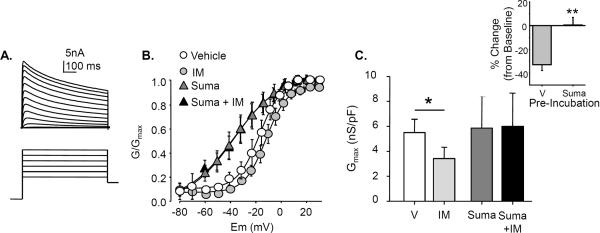Figure 5. Sumatriptan both modulates K+ currents and blocks IM-induced suppression of K+ currents.
A. The voltage-dependence of K+ current activation was determined with current-voltage protocols consisting of 10mV, 500ms voltage-steps between −60 and +60mV following a 500ms pre-pulse to −120mV. B. 30 minutes of sumatriptan (Suma) pre-incubation (n=6) resulted in a significant (p < 0.01, Student's t test) left shift in the voltage dependence of K+ current activation compared to vehicle (V) control (n=7): the V0.5 of current activation was shifted from −11.5± 2.4mV to −27.3 ± 4.7mV. IM application produced no significant (p > 0.05, one way ANOVA with Holm-Sidak post-hoc) change in the voltage dependence of K+ current activation in the presence or absence of sumatriptan. C. IM resulted in a significant (p > 0.05, one-way ANOVA with Holm-Sidak post-hoc test) reduction maximal K+ conductance (normalized by membrane capacitance), compared to vehicle treated neurons. However, there was no significant influence of IM on the maximal K+ conductance when applied to neurons pre-incubated with sumatriptan. Inset: When analyzed as a change from baseline, the IM-induced decrease in K+ conductance observed in vehicle treated neurons (V) was significantly greater (p < 0.05, Student's t test) than that observed in neurons pre-incubated with sumatriptan (Suma).

